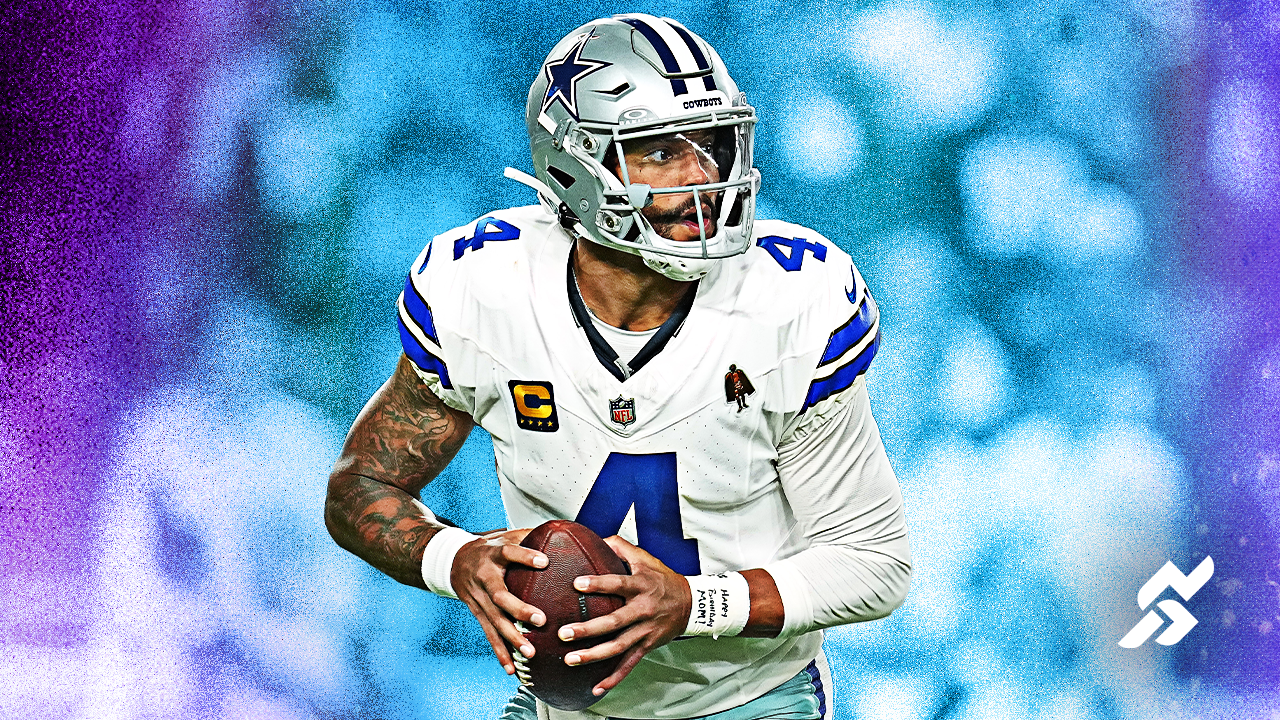
Arctos Partners launched in 2019 as a private equity fund to buy limited partnership stakes in sports teams. Team valuations have soared since then, fueling talks about a bubble for these assets, irrational exuberance by billionaires and PE driving the gains.
To all of the above notions, Arctos says no.
“There’s nothing magical going on,” Zach Baran, managing director at Arctos, said in a video interview regarding the rise of sports team prices. “It’s perfectly explainable by fundamentals and in the context of the rest of the financial market.”
Sports teams actually slightly lagged the stock market from 2019 through the first quarter of 2025, per Baran. The S&P 500 compounded 14.4% annually, while the RASFI, the index Arctos and Michigan Ross created to track team values, was up 13.8% during the same period. Yet, with sports teams, the volatility and leverage were “meaningfully lower.”
A longer lens has RASFI outperforming stocks at 10 years (15.3% vs. 13.6%) and 20 years (12.8% vs. 10.7%).
Baran leads Arctos’ Insights platform, and their latest project is a white paper, How Sports Franchise Valuations Actually Work, which he authored with Arctos executive Sushaan Modi. The paper aims to dispel six common myths or misunderstandings surrounding the price of teams—Sportico also attempts to inform, as part of our regular franchise valuations projects, most recently for the NFL.
The theme throughout the paper is that valuations are not erratic, but driven by identifiable metrics, and that there is much more than scarcity value sending prices higher. Arctos sees fundamentals like cash flow and brand value as the pillars of a valuation. The league business and local business provide the framework on how fundamentals drive value.
Arctos tracks sports team valuations back to 1961 and says that teams have compounded 13% annually during that time. Half of those returns are a result of top-line growth and the other half from multiple expansions, which have been boosted by better profits.
“EBITDA margins that were once structurally negative (-1%) in the early and mid-1990s have migrated into solidly positive territory (+10%),” Baran and Modi write. “We call this phenomenon the negative cost of carry reversal, named after the concept of ‘cost of carry’ in commodities trading.”
“Sports valuations always go up” is another myth, according to Arctos. The firm highlights six time periods where franchise valuations sank since 1961; only two of those were in the last 45 years. The peak-to-trough decline was 9.8% in the mid-1990s, and it took 15 months for values to recover. Baran said it was almost entirely driven by MLB teams after a strike canceled the 1994 World Series. The first half of 2022 had a 5.6% decline, by Arctos’ count, in a slump that lasted six months. The longest down period was 60 months that ended in June 1979, and the RASFI was off 22.9% at its worst.
Arctos, which owns stakes in more than 20 sports franchises, also downplays its own role and PE as a whole in franchise gains. Team values in the Big 5 North American sports leagues have increased $270 billion since 2019. Yet, Arctos says available institutional capital was less than $11 billion, as of the first quarter of 2025.
“Instead, we think institutional ownership rules changes have come online in part as a response to growth in fundamentals that created the demand in the first place,” Baran and Modi write.

